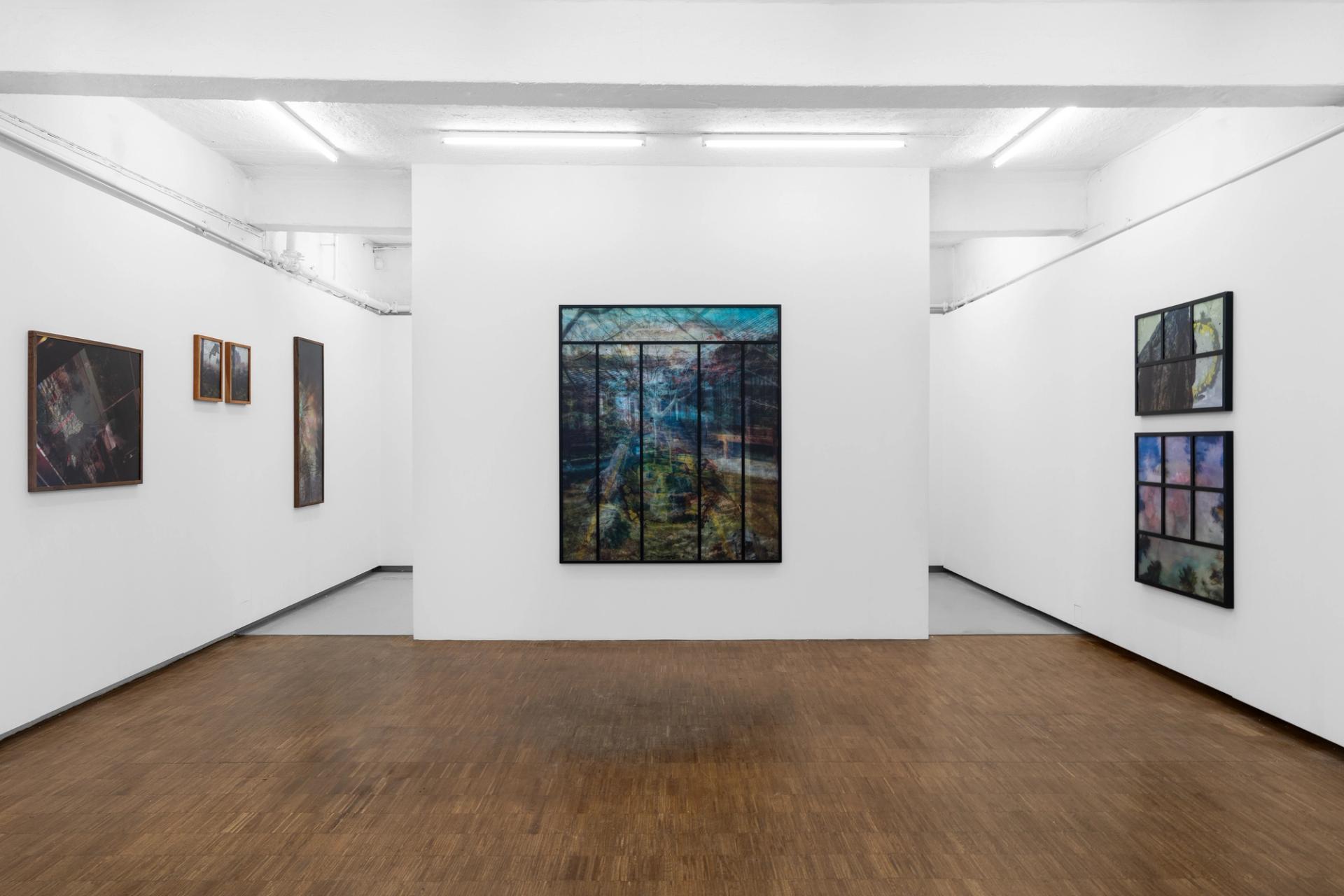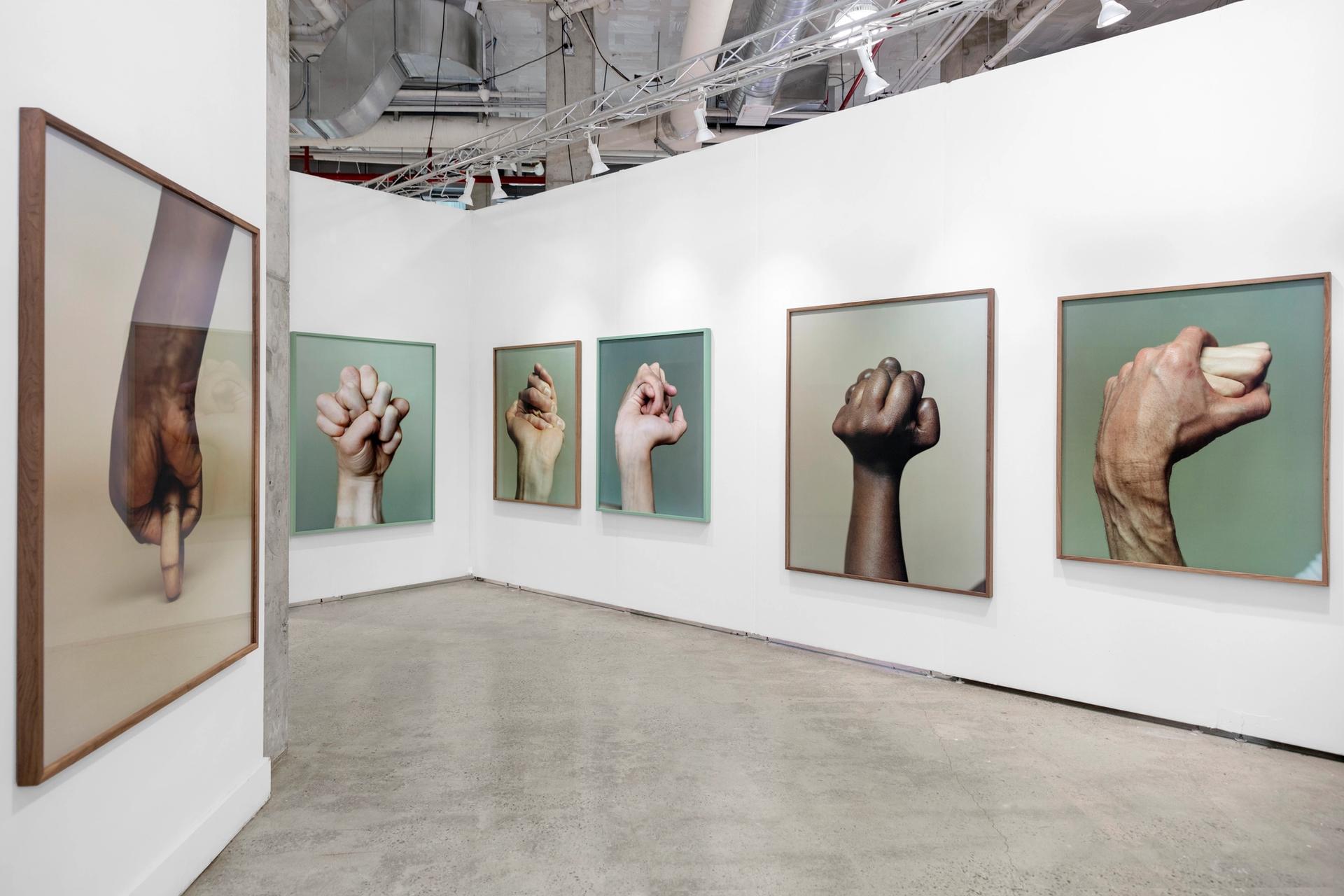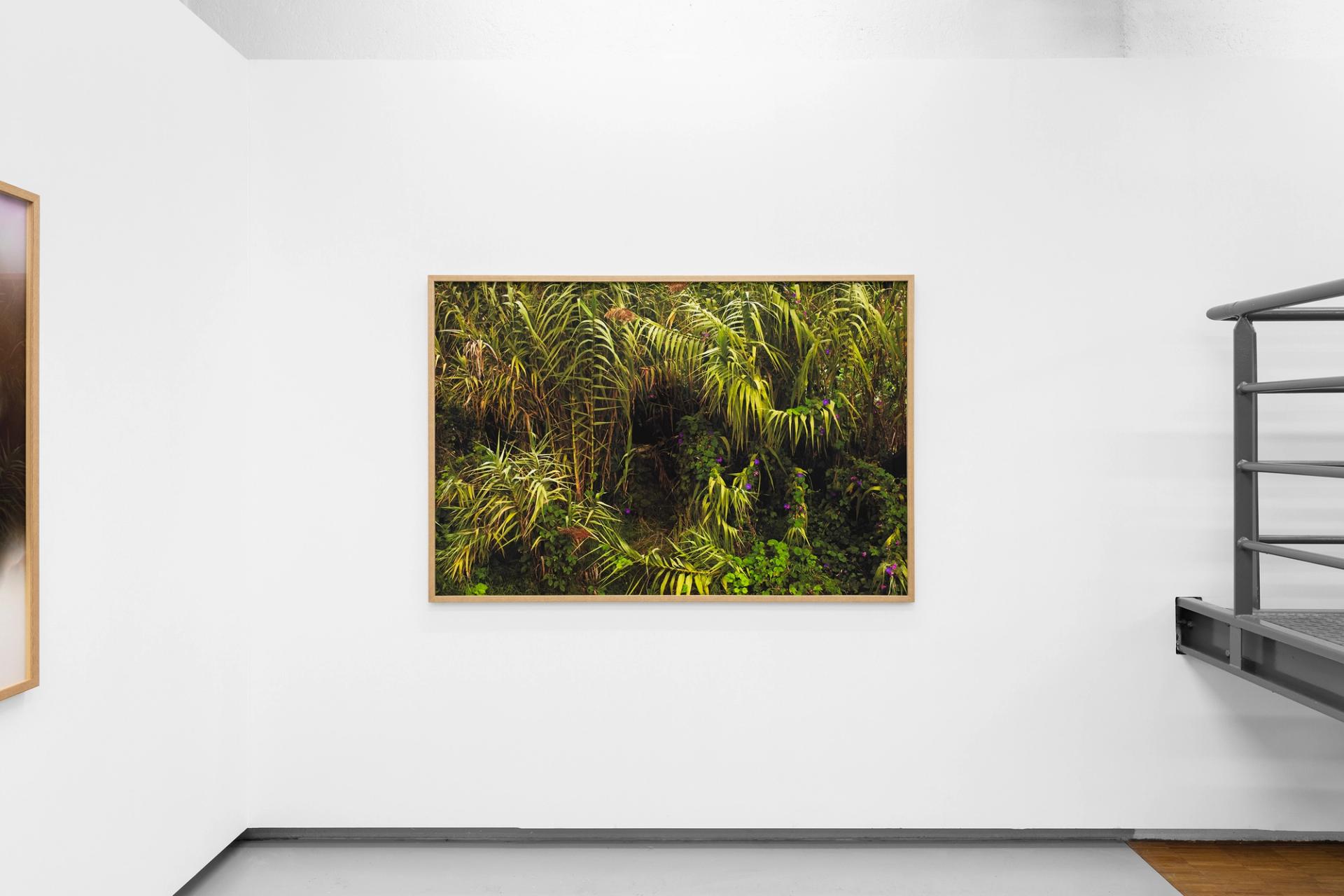
Hilde H. Honerud (b. 1977), living in Kongsberg, Norway, is a visual artist and associate professor of photography at the University of South-Eastern Norway. Her thematic content is close to journalistic, but the motifs are far from classic and often abstract. Through a formal approach, she investigates how precarious political and social conditions can be experienced through the everyday and recognizable.
Honerud has recently exhibited at Les Rencontres d'Arles, CHART Art Fair, MELK, Nord-Trøndelag Art Museum, QB Gallery, Nitja Center for Contemporary Art, Kristiansand Kunsthall, and more. She has been awarded the title of county artist in Buskerud and has participated several times in juried national exhibitions.
She studied at Napier University in Scotland and at the Academy of Fine Arts, (MA) in Oslo. Honerud has been actively involved in building up the Kongsberg Art Association's exhibition program and sits on the board of the voluntary organization Yoga and Sports with Refugees in Greece. She served on FFF's scholarship committee in 2022/23, as chair in 2022. She is on the National Jury for 2024/25 and leads the research group Research in Art and Design at the University of South-Eastern Norway.
MELK is proud to present Regarding the Pain of the Future – Hilde Honerud's second solo exhibition at the gallery.
What does it take to be prepared? How do one prepare for a future that looms large, seemingly consisting of a complex web of continuous and interconnected crises? What roles may photography take in this waning belief in the future? These questions are underlying in Hilde Honerud’s new body of work, Regarding the Pain of the Future, in which she has photographed practices of emergency preparedness.
Emergency preparedness refers to the measures and actions taken to ensure readiness to respond effectively to emergencies and disasters. It involves planning, organizing resources, and coordinating efforts to mitigate the impact of potential crises, involving proactive measures directed at future events. Traveling with her family to locations in Europe and Australia, as well as her home county of Buskerud, Honerud has captured motifs that span from small-scale individual “prepping” via nationally organized emergency services to globally scaled initiatives and corporations developing future food supplies, medicines and energy.
The twenty-two photographs on view can roughly be sorted in four categories: semi-close ups of hands that carefully hold an apple, adjusts a helmet, or handle a machine – minor actions directed at major threats, landscapes that have suffered environmental damage, emergency service exercises involving emblematic danger signals such as fire and smoke, and close-ups of models or sculptures of bodily parts. The risks and possibilities of the future are complex, contradictory, and difficult to keep in eyesight and to act on. Honerud’s photographs reflect an ambition to try.
Regarding the Pain of the Future, the project’s title, is an obvious reference to Susan Sontag’s seminal book-length essay Regarding the Pain of Others (2003). (This was Sontag’s last publication before her untimely death the year after.) Discussing a variety of historical examples, Sontag here reflects on the ethical and epistemological complexities involved in viewing photographs of human suffering and atrocities. Such photographs may on the one hand instigate (an unhelpful?) suffering by proxy, on the other they risk numbing the viewer.
Particularly relevant for Honerud’s project is Sontag’s pondering on the ambiguity of photographic “truth” and of whether staged or edited photographs may still convey any such thing. While Honerud’s practice is rooted in the long-standing tradition of socially engaged documentary, Regarding the Pain of the Future continues her more recent experimaentation with image manipulation by using Photoshop against the grain. Interspersed across the gallery are a handful of photographs that tickle both our perception and cognition in that they do not seem to add up to one coherent image. In one work, a butterfly on a leaf, photographed in the botanical garden in Copenhagen, is cloned and stamped at a different size. Two versions of the same detail interlace to convey a jolted slide of scale that subtly evokes a slippage between self and world, micro- and macrolevel events (think of the butterfly effect), present and future.
Another key point Sontag discusses is the power that photography has in shaping collective memory and historical consciousness by highlighting and preserving significant events. Honerud’s photographs highlight key developments in the present but are also directed at the future. Her project thereby harbors an overarching question of whether we are witnessing an expansion in photography’s temporality. Through most of its history, photography has been seen as a witness or reservoir of the past, and as a medium that fixes and stores time. With digital photography’s algorithmic and networked conditions for capturing and immediate dissemination images and data, this has changed. Not only does photography point to and participate in a present; it is also increasingly involved in procedures for assessing and predicting future events, risks and outcomes. In this sense, photography is itself enmeshed in practices and systems of emergency preparedness.




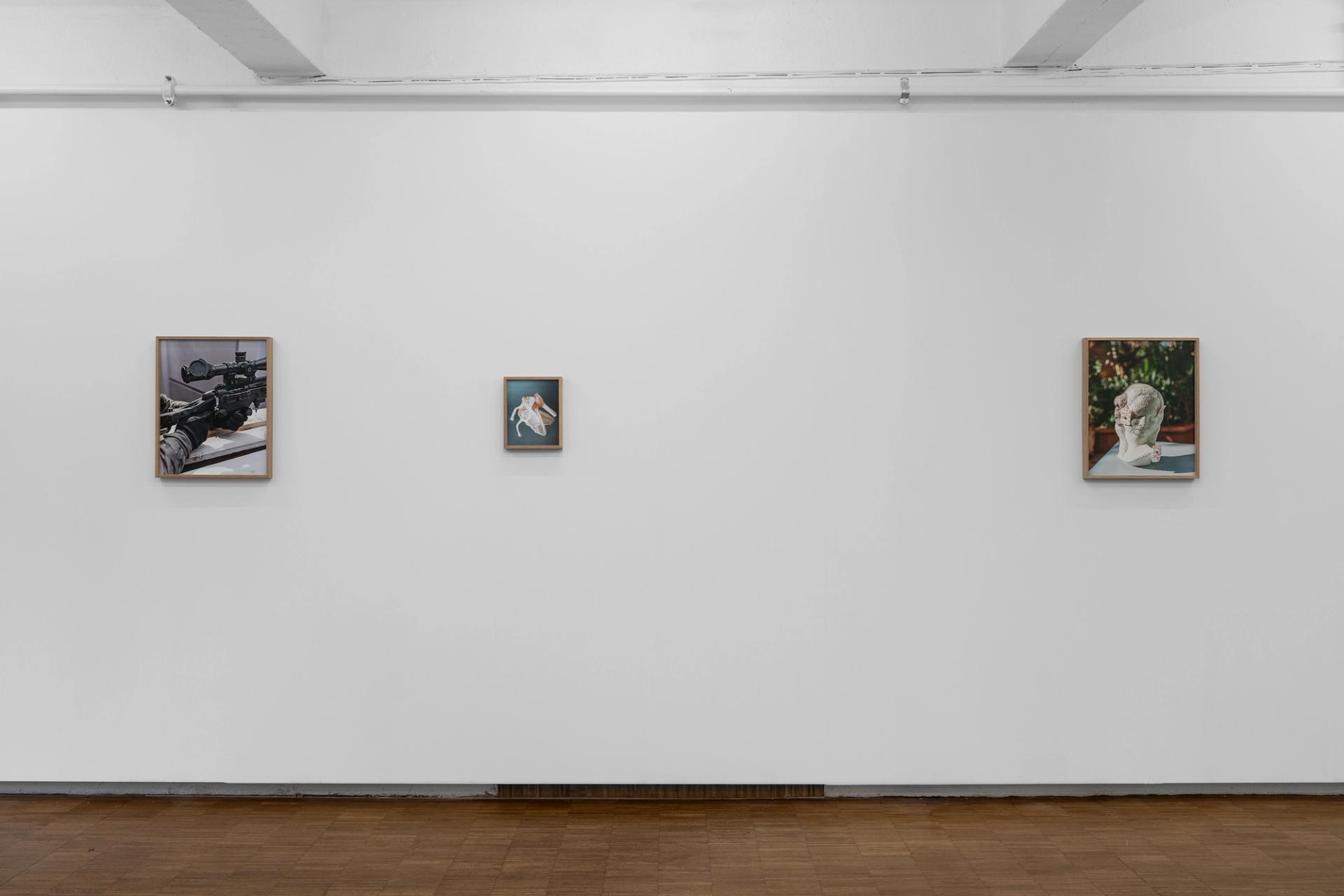



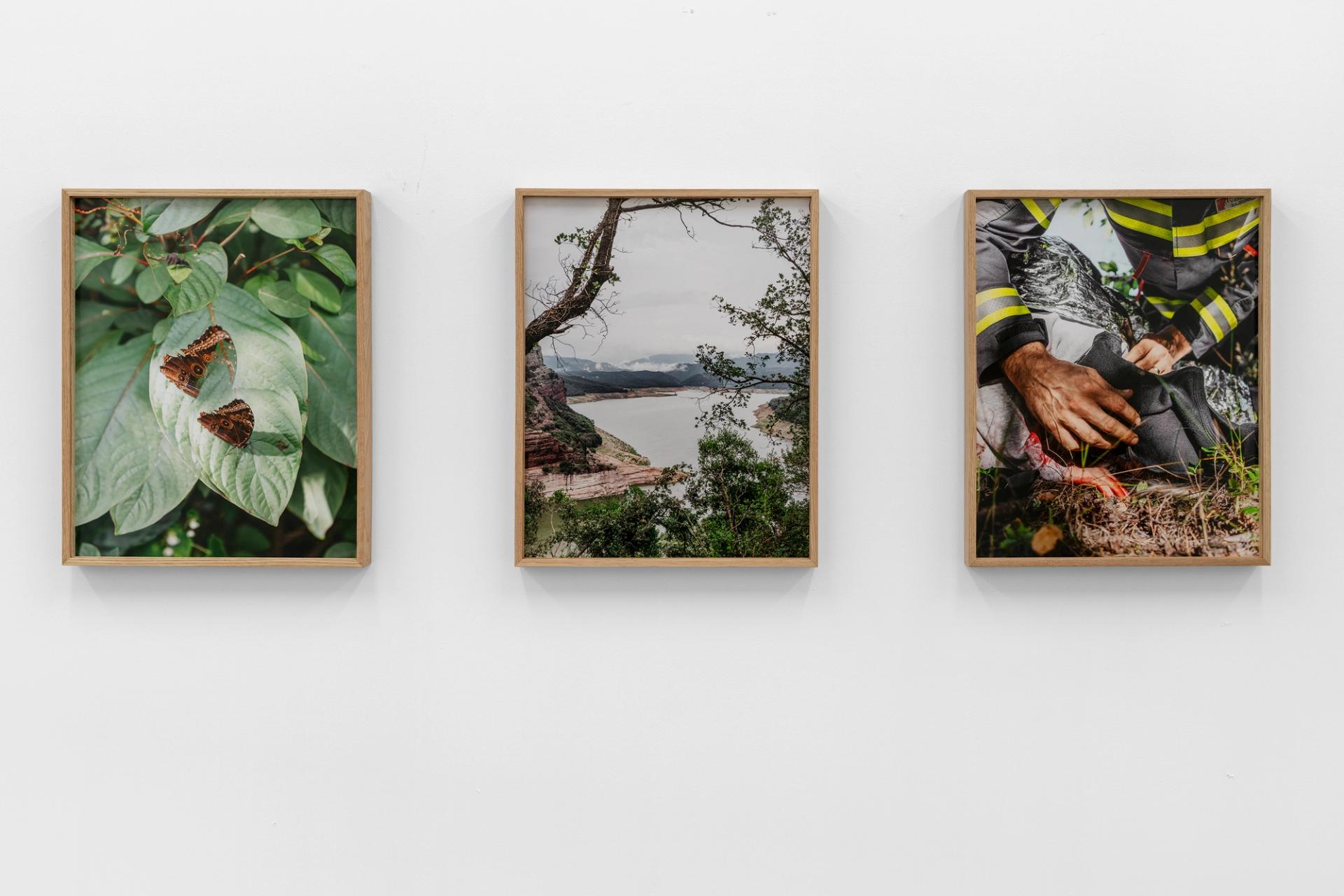
↓ Previous Shows
